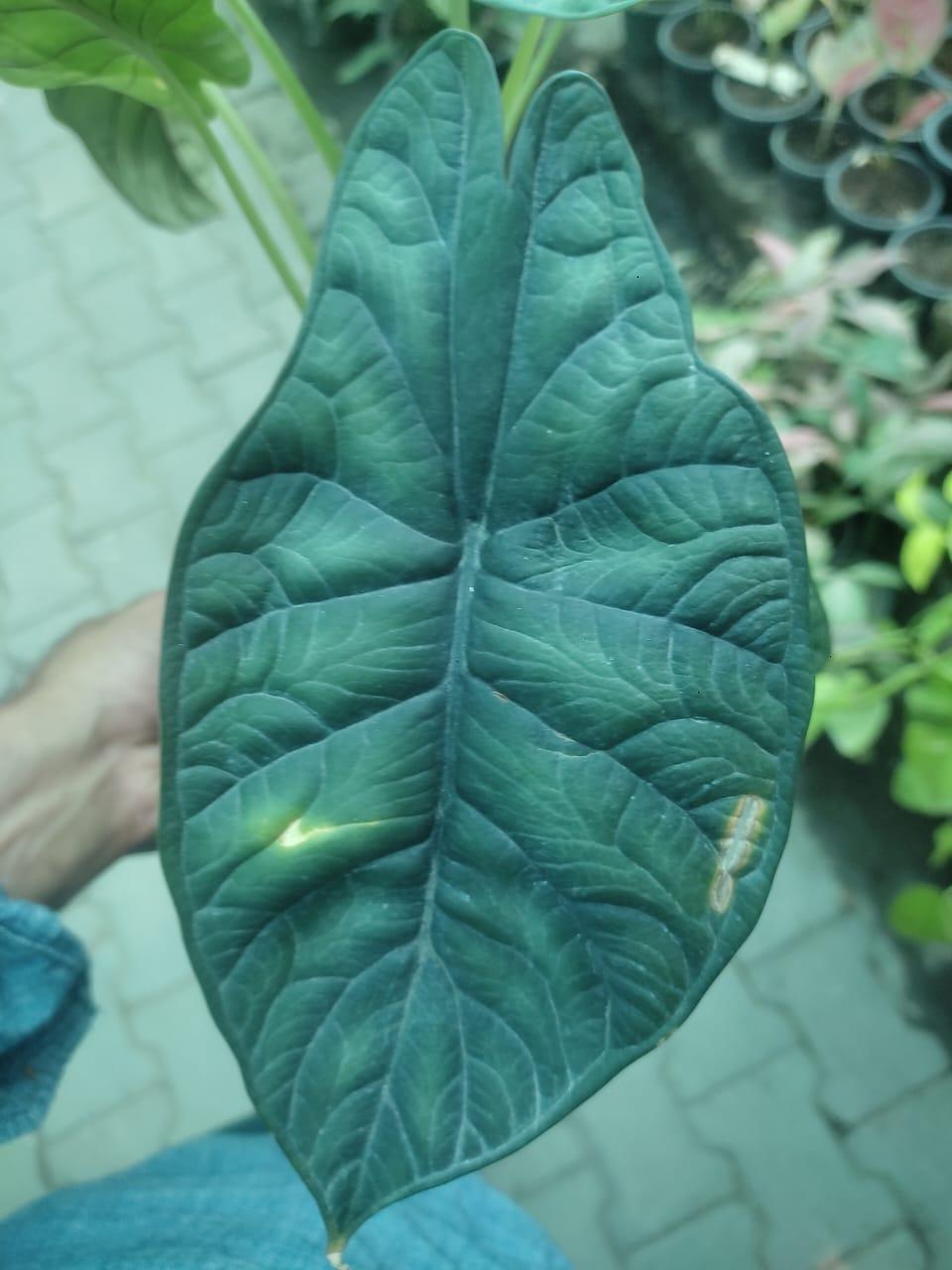The term Dragon Scale can refer to a variety of topics, from horticulture to fantasy literature. In the context of plants, Dragon Scale often refers to the unique and visually striking Dragon Scale plant, known scientifically as Dracaena surculosa. This guide will delve into the characteristics, care, and maintenance of the Dragon Scale plant, providing you with all the information you need to grow and enjoy this stunning houseplant.
What is the Dragon Scale Plant?
Understanding the Dragon Scale Plant
The Dragon Scale plant, belonging to the Dracaena family, is celebrated for its unique, textured leaves resembling dragon scales. Its rich green foliage features striking silver and yellow veins, making it a popular choice for indoor gardening and decorative purposes.
Physical Characteristics of Dragon Scale
- Leaves: The leaves of the Dragon Scale plant are thick, elongated, and oval-shaped, typically reaching lengths of 8-12 inches. Their waxy texture and distinct variegation set them apart from other houseplants.
- Height: In optimal conditions, a Dragon Scale plant can grow up to 3 feet tall, making it a substantial addition to any indoor space.
-
Ideal Conditions for Growing Dragon Scale
Providing the Right Environment for Dragon Scale
To thrive, the Dragon Scale plant requires specific environmental conditions. Here’s what you need to create the perfect habitat.
Light Requirements for Dragon Scale
The Dragon Scale plant prefers bright, indirect sunlight. While it can tolerate lower light conditions, optimal growth occurs in bright, filtered light. Here are some tips for ensuring your plant receives adequate light:
- Placement: Position your Dragon Scale plant near a window that receives filtered sunlight. Avoid direct sunlight, as it can scorch the leaves.
- Rotation: Rotate your plant every few weeks to ensure even light exposure and growth.
Soil Requirements for Dragon Scale
The ideal soil for the Dragon Scale plant is well-draining and rich in organic matter. Here’s how to prepare the right soil:
- Potting Mix: Use a high-quality potting mix that contains peat moss, perlite, and compost. This combination provides good drainage while retaining moisture.
- pH Level: The pH level of the soil should be slightly acidic to neutral, ideally between 6.0 and 7.0.
-
Watering and Humidity Needs
Watering and Humidity for Dragon Scale
Proper watering and humidity levels are crucial for the health of your Dragon Scale plant.
Watering Guidelines
The Dragon Scale plant prefers consistent moisture but should not be overwatered. Here’s how to manage watering:
- Frequency: Water your Dragon Scale plant when the top inch of soil feels dry. This typically means watering every 1-2 weeks, depending on the season and humidity levels.
- Signs of Overwatering: Yellowing leaves and a soggy root system may indicate overwatering. Always use pots with drainage holes to prevent water accumulation.
Humidity Requirements
The Dragon Scale plant thrives in high humidity, making it ideal for bathrooms or kitchens. Here are tips for maintaining humidity:
- Misting: Regularly mist the leaves of your Dragon Scale plant to increase humidity levels, especially in dry indoor environments.
- Humidity Tray: Place a tray filled with water and pebbles beneath the plant to create a humid microclimate.
-
Fertilizing Your Dragon Scale Plant
H2: Essential Fertilization for Dragon Scale
To promote healthy growth, regular fertilization is necessary for the Dragon Scale plant.
Choosing the Right Fertilizer
Select a balanced, water-soluble fertilizer with an equal ratio of nitrogen, phosphorus, and potassium (NPK). Here’s how to fertilize effectively:
- Dilution: Dilute the fertilizer to half strength to prevent root burn.
- Frequency: Fertilize every 4-6 weeks during the growing season (spring and summer). Reduce or stop fertilizing during the fall and winter months when growth slows.
-
Pruning and Maintenance
Pruning and Maintenance for Dragon Scale
Regular pruning and maintenance are essential for keeping your Dragon Scale plant healthy and attractive.
When to Prune
Pruning should be done during the growing season to encourage new growth. Here are some tips for effective pruning:
- Remove Dead Leaves: Trim away any yellow or dead leaves to promote a healthy appearance.
- Shape the Plant: Prune to shape your Dragon Scale plant and maintain its compact growth habit.
Repotting Your Dragon Scale Plant
Repot your Dragon Scale plant every 2-3 years or when it becomes root-bound. Here’s how to do it:
- Choose a Larger Pot: Select a pot that is 1-2 inches larger in diameter than the current one.
- Fresh Soil: Use fresh potting mix when repotting to provide new nutrients.
-
Common Pests and Diseases
Protecting Your Dragon Scale from Pests and Diseases
While the Dragon Scale plant is relatively hardy, it can be susceptible to certain pests and diseases. Here’s how to protect your plant:
Common Pests
Some common pests that may affect the Dragon Scale plant include:
- Spider Mites: These tiny pests can cause leaf discoloration. Increase humidity and use insecticidal soap to eliminate them.
- Mealybugs: Identify mealybugs by their cotton-like appearance. Remove them by hand or use a cotton swab dipped in alcohol.
Diseases to Watch For
The Dragon Scale plant may encounter issues such as root rot or leaf spot disease. Here’s how to manage them:
- Root Rot: Ensure proper drainage and avoid overwatering to prevent root rot.
- Leaf Spot: Remove affected leaves and improve air circulation around the plant.
-
Conclusion: Enjoying Your Dragon Scale Plant
Final Thoughts on Dragon Scale Care
Caring for a Dragon Scale plant can be a fulfilling experience, offering beauty and unique foliage to your indoor garden. By providing the right light, water, and nutrients, along with regular maintenance, you can enjoy the striking appearance and health of your Dragon Scale plant for years to come. Embrace the journey of growing this captivating houseplant and enhance your living space with its stunning presence.
- Boota.pk | LinkedIn
- Gardening Accessories – Boota.pk
- Boota Online (@boota.pk) • Instagram photos and videos







Reviews
There are no reviews yet.